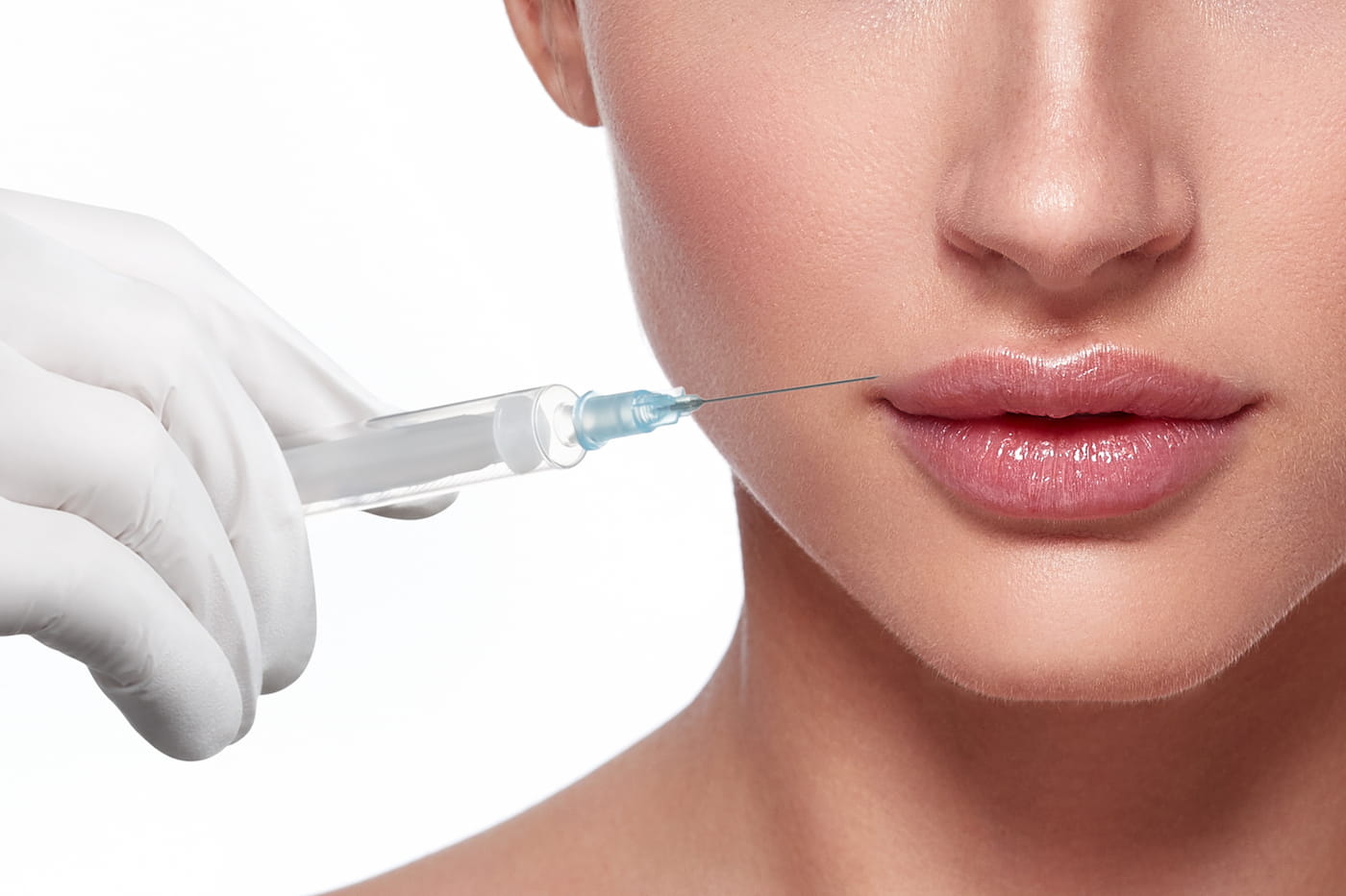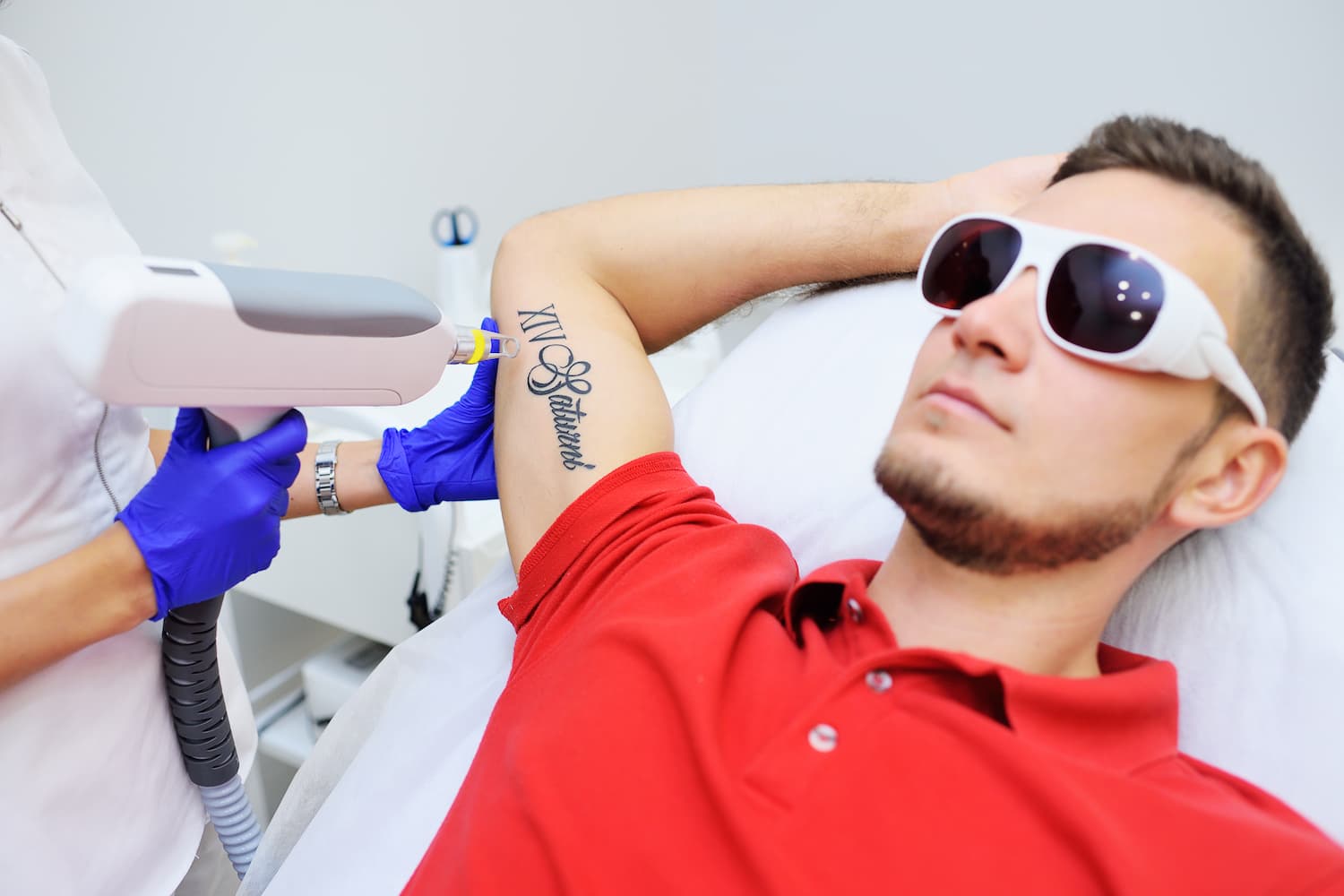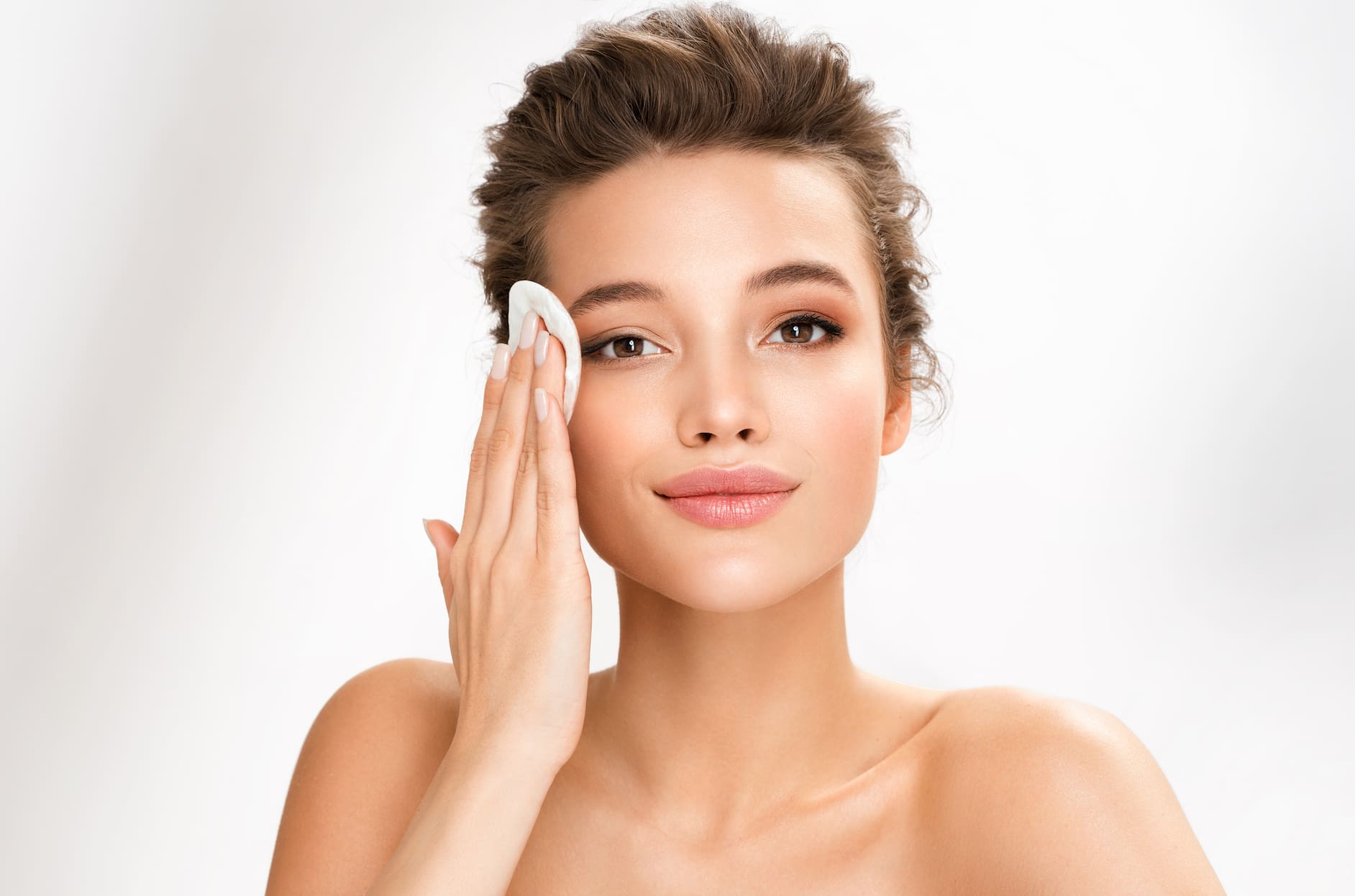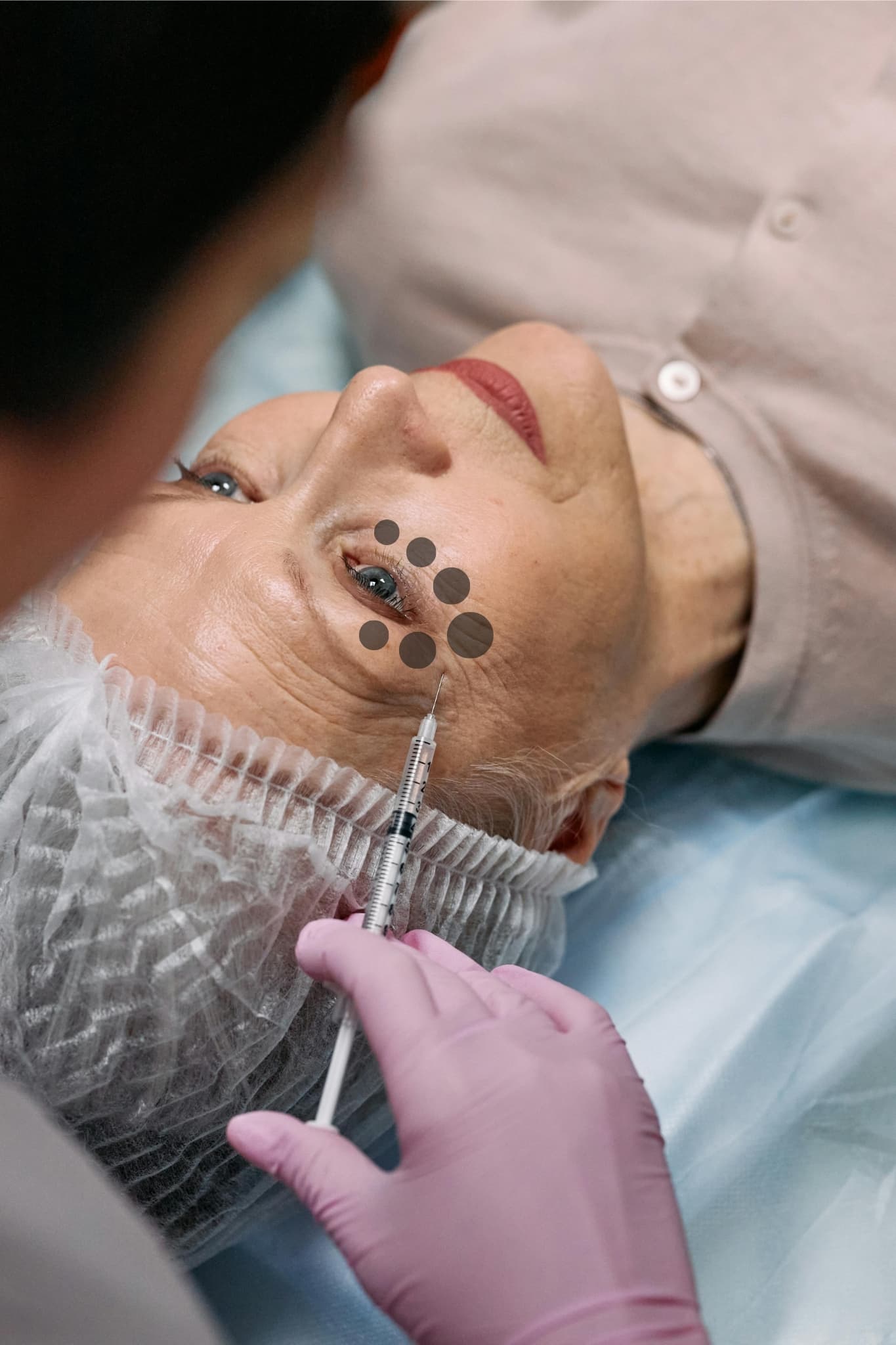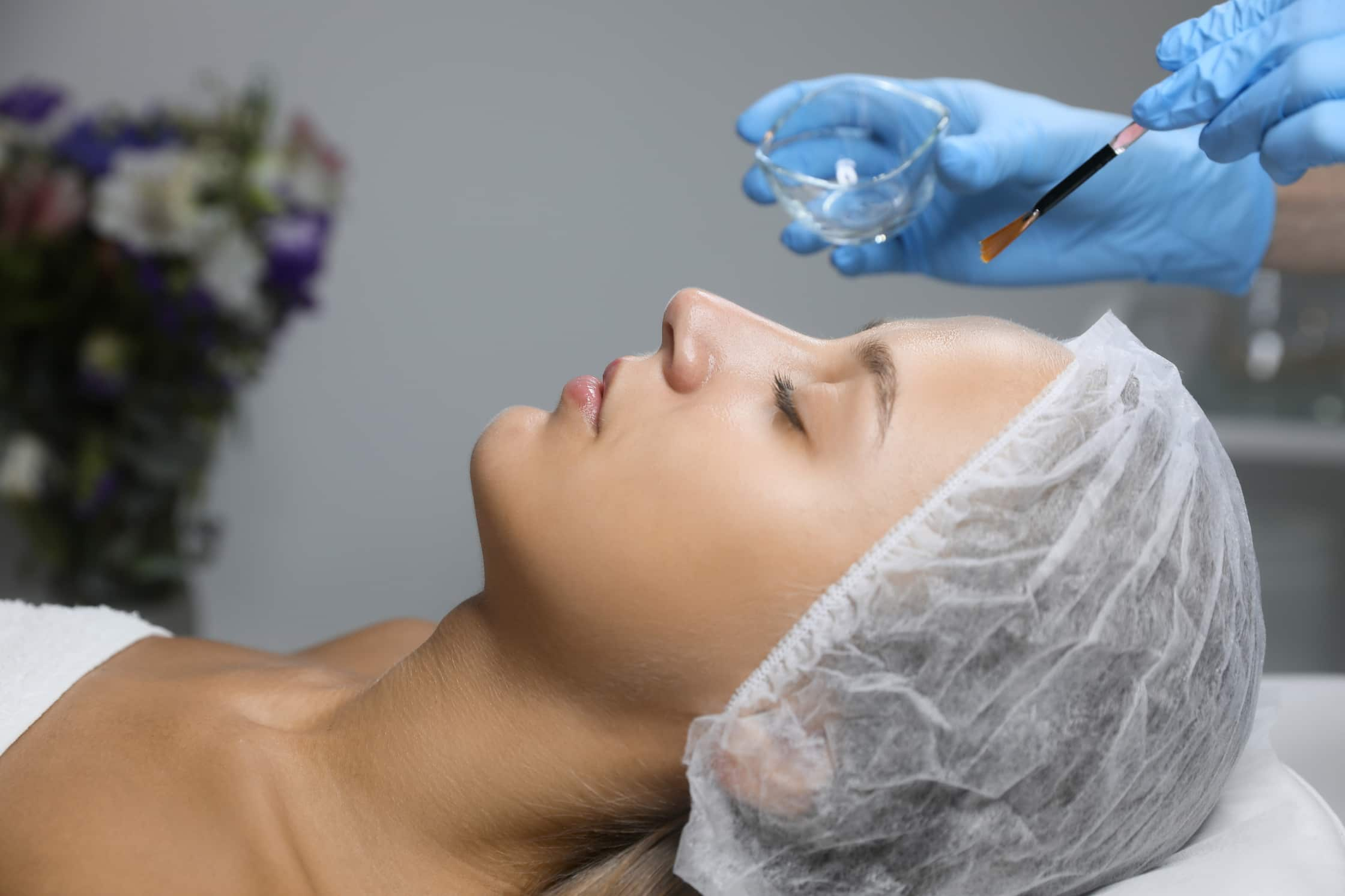
Right Level of Chemical Peel
Chemical peels are an increasingly popular skincare treatment that can help improve the appearance of the skin by reducing imperfections such as fine lines, wrinkles, acne, and hyperpigmentation. A chemical peel involves the application of a chemical solution to the skin, which causes the outermost layer of the skin to peel off, revealing smoother and brighter skin underneath.
However, not all chemical peels are created equal, and choosing the right level of chemical peel for your skin type and concerns is crucial for achieving optimal results without any adverse effects. There are different levels of chemical peels available, ranging from mild to deep, with varying concentrations of the active ingredients.
In this article, we will explore the different levels of chemical peels, discuss which level of chemical peel is best suited for specific skin concerns, and provide some tips for choosing the right level of chemical peel for you.
What Are Chemical Peels?
Chemical peels are a type of cosmetic treatment that involves the application of chemical solutions to the skin in order to remove dead skin cells and stimulate the growth of new, healthy skin. This process is designed to improve the texture and appearance of the skin, reducing the appearance of wrinkles, fine lines, hyperpigmentation, acne scars, and other imperfections. There are several different types of chemical peels, each with its own strengths and weaknesses, and it’s important to choose the right level of chemical peel for your individual needs.
Types of Chemical Peels
There are three main types of chemical peels: superficial, medium, and deep. Superficial peels are the mildest type of peel and are designed to treat minor skin imperfections such as fine lines, mild acne, and uneven skin tone.
Medium peels penetrate deeper into the skin and are used to treat more severe skin imperfections such as deeper wrinkles, moderate acne, and sun damage. Deep peels are the most intense type of chemical peel and are used to treat the most severe skin imperfections, including deep wrinkles, severe acne scars, and hyperpigmentation.
What is the Difference Between Levels of Chemical Peels?
The main difference between the levels of chemical peels is the strength of the chemical solution used. Superficial peels typically use a milder solution such as glycolic acid or salicylic acid, while medium and deep peels use stronger solutions such as trichloroacetic acid (TCA) or phenol. The strength of the solution used will determine how deep the peel penetrates into the skin and how much skin is removed.

Superficial Chemical Peels
Superficial chemical peels are the mildest type of peel and are designed to treat minor skin imperfections. These peels use a milder solution such as glycolic acid or salicylic acid, which gently exfoliates the top layer of skin to reveal smoother, brighter skin underneath. Superficial peels are generally safe for all skin types and have a relatively short recovery time, typically lasting only a few days.
Medium Chemical Peels
Medium chemical peels penetrate deeper into the skin than superficial peels and are used to treat more severe skin imperfections such as deeper wrinkles, moderate acne, and sun damage. These peels use a stronger solution such as trichloroacetic acid (TCA) or a combination of TCA and glycolic acid. Medium peels can cause some redness, swelling, and peeling of the skin, and the recovery time is typically longer than for superficial peels, lasting up to a week or more.
Deep Chemical Peels
Deep chemical peels are the most intense type of peel and are used to treat the most severe skin imperfections, including deep wrinkles, severe acne scars, and hyperpigmentation. These peels use a very strong solvents such as phenol, which penetrates deeply into the skin to remove multiple layers of skin cells. Deep peels can cause significant swelling and peeling of the skin, and the recovery time can last up to several weeks.
What Level of Chemical Peel Should I Get?
The level of chemical peel you should get depends on several factors, including the severity of your skin imperfections, your skin type, and your overall health. If you have minor skin imperfections such as fine lines, mild acne, or uneven skin tone, a superficial peel may be the best choice for you. If you have more severe skin imperfections such as deeper wrinkles, moderate acne, or sun damage, a medium peel may be more appropriate.
If you have very deep wrinkles, severe acne scars, or hyperpigmentation, a deep peel may be necessary to achieve the desired results. It’s important to consult with a licensed dermatologist or skincare professional to determine which level of chemical peel is right for your individual needs.
What Percentage Is a Strong Chemical Peel?
The strength of a chemical peel is typically measured by the percentage of the active ingredient in the solution. A strong chemical peel will typically have a higher percentage of the active ingredient than a milder peel. The exact percentage of the active ingredient will vary depending on the type of chemical peel and the specific product used. In general, a strong chemical peel may have a percentage of 20-30% for glycolic acid or salicylic acid, while a medium peel may have a percentage of 30-50% TCA. A deep peel may have a percentage of 50% or higher of phenol.
Best Chemical Peel Level for Hyperpigmentation
Hyperpigmentation refers to areas of skin that have become darker than the surrounding skin due to an increase in melanin production. Chemical peels can be effective at reducing the appearance of hyperpigmentation by removing the top layer of skin and stimulating the growth of new, healthy skin. The best level of chemical peel for hyperpigmentation will depend on the severity of the hyperpigmentation and the individual’s skin type.
For mild to moderate hyperpigmentation, a superficial or medium chemical peel may be sufficient to achieve the desired results. These peels use milder solutions such as glycolic acid or TCA to gently exfoliate the top layer of skin and stimulate the growth of new, healthy skin. For more severe hyperpigmentation, a deep chemical peel may be necessary to achieve the desired results. A deep peel uses very strong solvents such as phenol to remove multiple layers of skin cells and stimulate the growth of new, healthy skin.
Best Chemical Peel Level for 40-Year-Old
As we age, our skin naturally loses elasticity and becomes thinner, making it more prone to wrinkles, fine lines, and other signs of aging. Chemical peels can be an effective way to reduce the appearance of these signs of aging and improve the overall texture and tone of the skin. The best level of chemical peel for a 40-year-old will depend on the individual’s skin type and the severity of their skin imperfections.
For mild signs of aging such as fine lines and mild wrinkles, a superficial or medium chemical peel may be sufficient to achieve the desired results. These peels use milder solutions such as glycolic acid or TCA to gently exfoliate the top layer of skin and stimulate the growth of new, healthy skin. For more severe signs of aging such as deep wrinkles and sagging skin, a medium or deep chemical peel may be necessary to achieve the desired results.
Best Chemical Peel Level for Sagging Skin
Sagging skin is a common sign of aging that can be caused by a loss of collagen and elastin in the skin. Chemical peels can be an effective way to reduce the appearance of sagging skin by stimulating the production of collagen and elastin in the skin. The best level of chemical peel for sagging skin will depend on the severity of the sagging and the individual’s skin type.
For mild to moderate sagging, a superficial or medium chemical peel may be sufficient to achieve the desired results. These peels use milder solutions such as glycolic acid or TCA to gently exfoliate the top layer of skin and stimulate the production of collagen and elastin. For more severe sagging, a medium or deep chemical peel may be necessary to achieve the desired results. These peels use stronger solutions such as TCA or phenol to penetrate deeper into the skin and stimulate the production of collagen and elastin.
Which Chemical Peel is Best for First-Time Users?
If you’re new to chemical peels, it’s important to start with a mild peel to avoid any potential adverse reactions. A superficial peel with a low percentage of the active ingredient is typically the best option for first-time users. Glycolic acid peels are a popular choice for first-time users as they are gentle and effective at removing dead skin cells and improving the overall texture and tone of the skin.
It’s important to keep in mind that even mild chemical peels can cause some redness, flaking, and peeling in the days following the treatment. It’s also important to follow the post-treatment instructions provided by your dermatologist or skincare professional to ensure optimal results and minimize any potential side effects.
The Study of Right Level of Chemical Peel
A recent study published in the Journal of Dermatology and Cosmetic Science examined the effectiveness of different chemical peel levels in addressing hyperpigmentation in a group of 200 participants with varying degrees of hyperpigmentation. The study found that superficial and medium chemical peels, with glycolic acid and TCA, were effective in reducing hyperpigmentation in mild to moderate cases. For severe hyperpigmentation, the study recommended the use of deep chemical peels with phenol to achieve the best results. These findings emphasize the importance of choosing the right level of chemical peel based on the severity of hyperpigmentation for more reliable outcomes.
Chemical Peel with Healthy Türkiye
Choosing the right level of chemical peel for you depends on your individual skin type, concerns, and desired results. A superficial peel may be sufficient for mild skin imperfections, while a medium or deep peel may be necessary for more severe imperfections.
It’s important to consult with a Healthy Türkiye licensed dermatologist or skincare professional to determine which level of chemical peel is right for you and to follow all post-treatment instructions for optimal results. With the right level of chemical peel, you can achieve smoother, brighter, and more youthful-looking skin.
